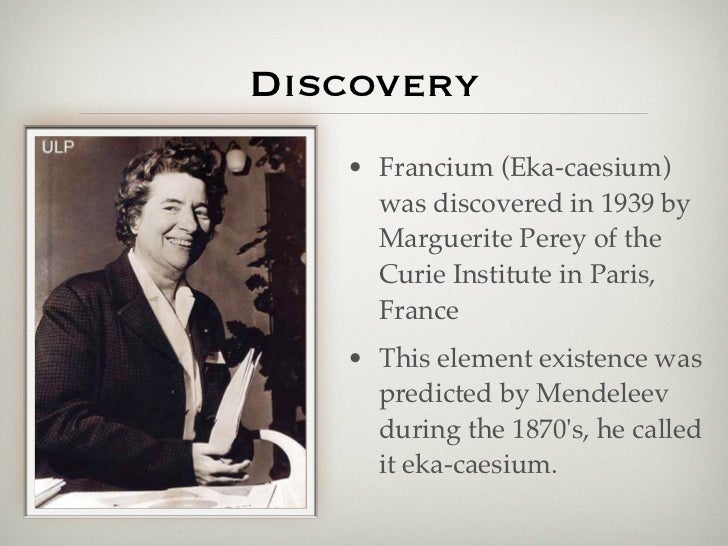
Bunsen suggested calling the element cesium, from the Latin word caesius for "sky blue." For many years, the name was also spelled caesium. These elements were already well known.Īfter Bunsen and Kirchhoff removed all these elements from their sample, they were surprised to find two beautiful blue lines in the spectrum of the "empty" spring water. They saw spectral lines for sodium, potassium, lithium, calcium, and strontium. In 1859, Bunsen and Kirchhoff were studying a sample of mineral water taken from a spring. Such was the case with the discovery of cesium. Using spectroscopy, a chemist can identify the elements by these distinctive lines. When the substance is heated, the hidden elements give off characteristic spectral lines. But the element is much easier to detect by spectroscopy. In many cases, the amount of an element present in a sample is too small to see. The invention of spectroscopy gave chemists a powerful new tool. One of its radioactive isotopes, cesium-137, is widely used in a variety of medical and industrial applications.
#Caesium isotopes series#
The spectrum (plural: spectra) of an element consists of a series of colored lines.Ĭesium is not a common element, and it has few commercial uses. The light produced is different for every element. Spectroscopy is the process of analyzing light produced when an element is heated. They found the element using a method of analysis they had just invented: spectroscopy.

Although in theory francium is more active than cesium, francium is too rare to have any commercial uses.Ĭesium was discovered in 1861 by German chemists Robert Bunsen (1811-99) and Gustav Kirchhoff (1824-87). Cesium is considered the most active metal.


The alkalis include lithium, sodium, potassium, rubidium, and francium. The periodic table is a chart that shows how chemical elements are related to each other. OverviewĬesium is a member of the alkali family, which consists of elements in Group 1 (IA) of the periodic table. Note: This article, originally published in 1998, was updated in 2006 for the eBook edition.


 0 kommentar(er)
0 kommentar(er)
